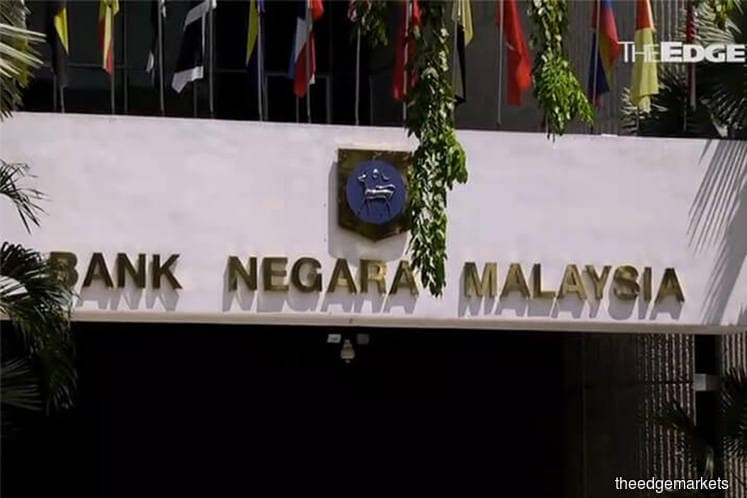
KUALA LUMPUR (Nov 12): Bank Negara Malaysia’s (BNM) decision last week to reduce the statutory reserve requirement (SRR) ratio to 3% from 3.5% will only have a marginal impact on the net interest margins (NIMs) of banks, said RAM Rating Services Bhd.
“We note the striking contrast in the backdrop of the latest SRR reduction compared to the last one in February 2016 (from 4.0% to 3.5%),” said RAM Rating’s co-head of financial institution ratings Wong Yin Ching.
“The banking industry’s liquidity is presently healthy, as evidenced by a liquidity coverage ratio of 144% as at end-Sept 2019 (end-Dec 2015: 125%). Deposits growth has slightly outpaced lending growth, while interbank rates have declined,” Wong said in a statement.
RAM Rating said the revision in 2016, on the other hand, came on the heels of meagre deposits growth in 2015, which had trailed lending expansion by a significant 5 percentage points.
Additionally, aggregate outflows from the equity and bond markets were more manageable in the first 10 months of 2019, at an estimated RM4.6 billion, versus RM30.7 billion for the full-year of 2015, it said.
RAM Ratings said as statutory deposits are non-interest-bearing, the redeployment of some of these funds for interest-earning activities such as lending or investing in bonds is “margin accretive, all else being equal.”
Nonetheless, it said the margin uplift will be very small (less than 1 basis point) as the liquidity released forms less than 0.3% of the banking system’s total assets.
“NIMs will ultimately depend on the direction of the OPR (overnight policy rate), among other factors. A potential OPR cut in 2020, which is data-dependent, would cause mild NIM compression if it materialises,” it added.
Based on the banking system’s RM51.5 billion of statutory deposits as at end-September 2019, a 50 basis points reduction in the SRR ratio will release RM7.4 billion of liquidity on a pro forma basis.
“Assuming all the additional liquidity is channelled into lending, the industry’s loans would increase by 0.4 percentage points. However, the key challenge to loan growth is the tepid demand for credit, amid muted business and consumer sentiments, and not a lack of liquidity,” Wong noted.
“Loan growth was only 3.8% year-on-year in September 2019 (2018: +5.6% excluding MBSB Bank Bhd whose figures were incorporated into industry statistics in April 2018). We project full-year loan growth of around 4% for 2019 and 2020,” she added.
Notwithstanding that, Wong said banks will likely use the incremental liquidity to invest in a higher proportion of Malaysian government securities — increasing demand for these and mildly pushing down yields as a result.
SRR is an instrument to manage liquidity. Should the need arise, RAM said BNM has further room to decrease the SRR ratio, which reached a historical low of 1.0% in March 2009, staying at that level until March 2011.